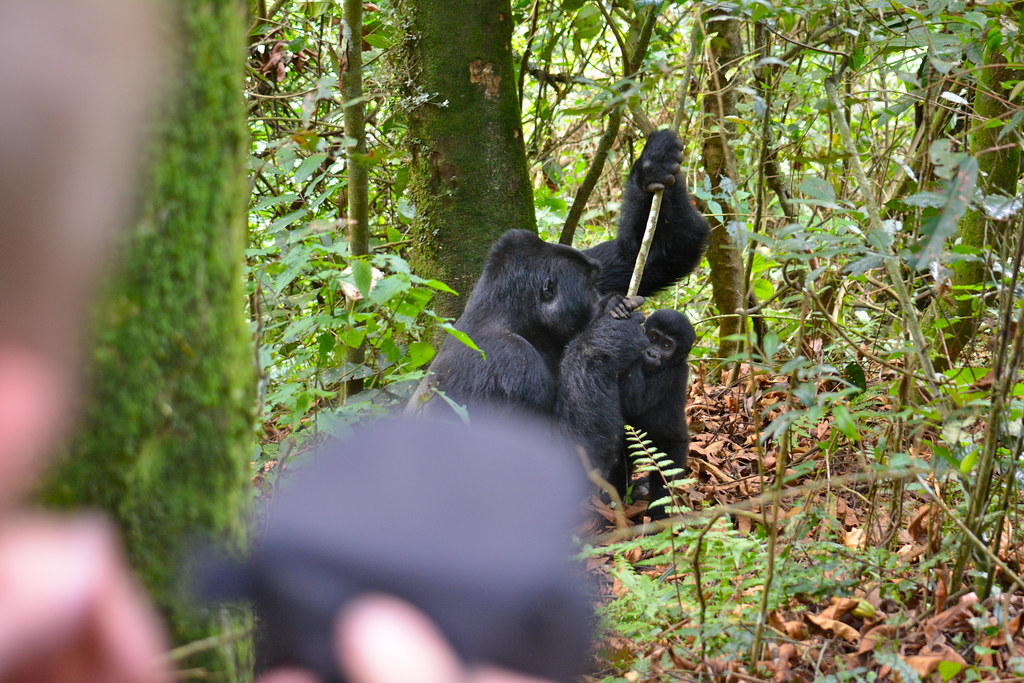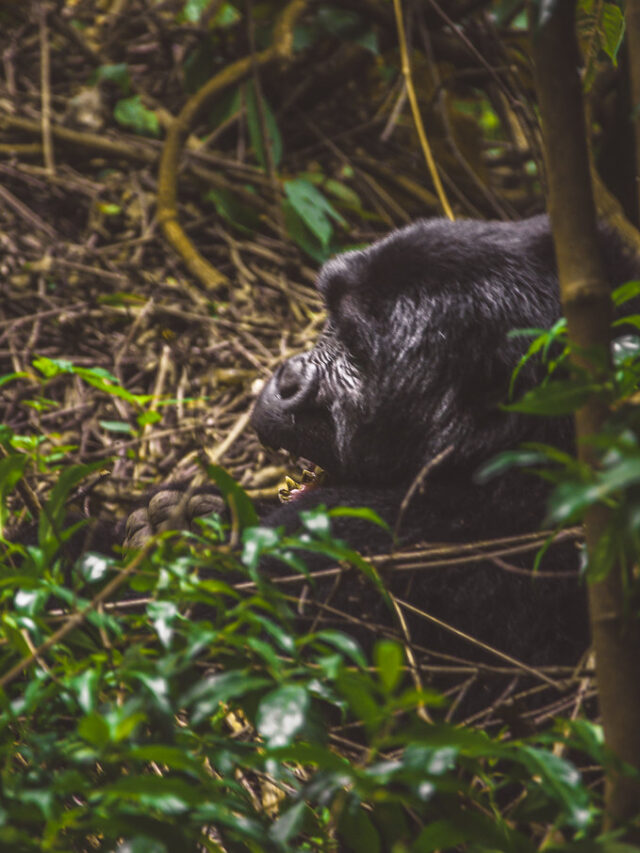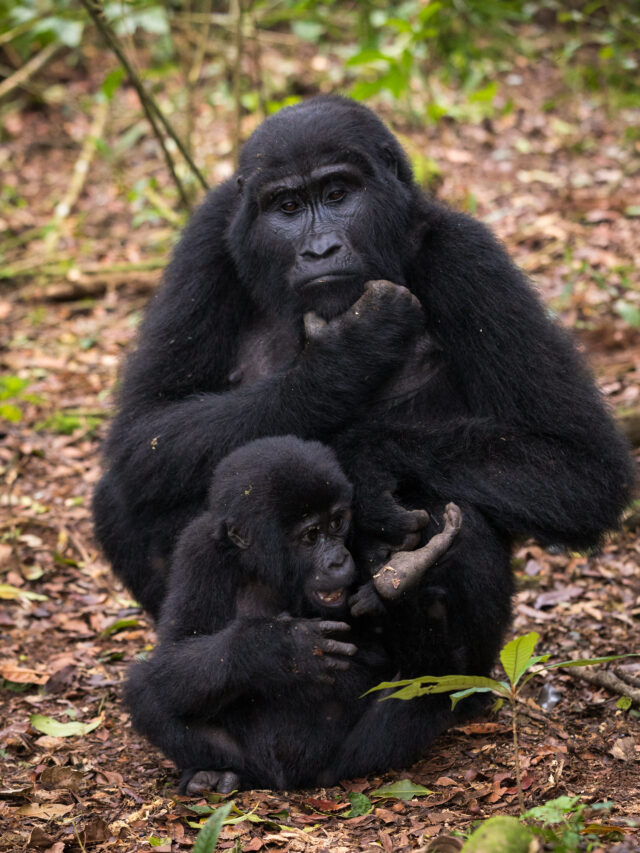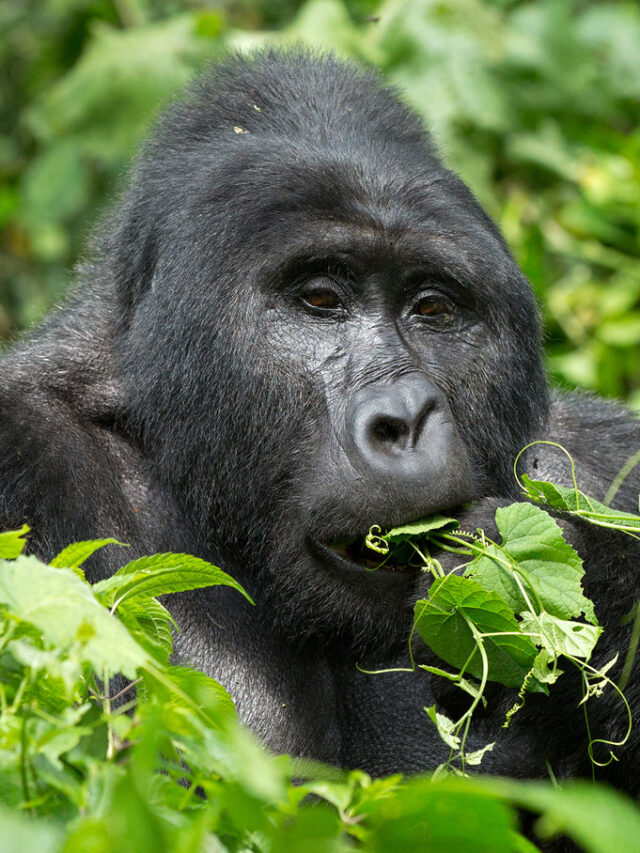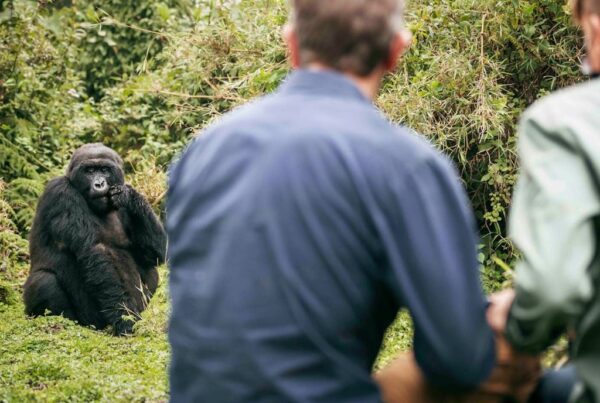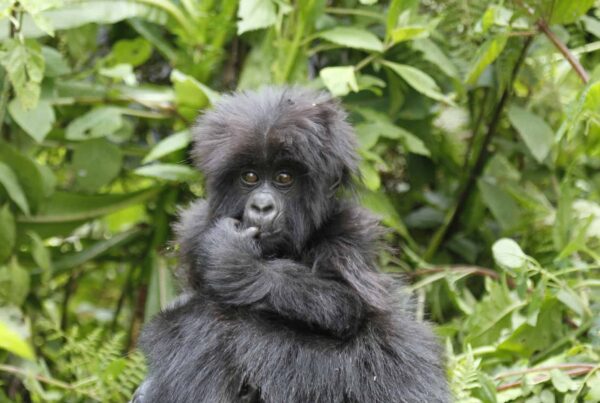Gorilla Group Formation and Dynamics: The Deep Bonds That Shape Life in the Forest
More Than a Troop—It’s a Family Built on Trust, Loyalty, and the Watchful Eyes of a Silverback
In the untouched canopies of Uganda’s Bwindi Impenetrable Forest, Rwanda’s Volcanoes National Park, and the lowland jungles of the Congo, a soft rustle signals movement. But this is no random march of animals—this is a gorilla group, moving as one, bound not by dominance or aggression, but by connection. The formation and dynamics of a gorilla group are among the most emotionally rich and socially structured behaviors found in the animal kingdom. A gorilla family is more than a social unit—it is a lifelong emotional community, shaped by loyalty, hierarchy, and instinct.
Understanding how these groups form, evolve, and interact offers a glimpse into how gorillas love, lead, grow, and survive. Each member plays a role, and together they form a complex, peaceful, and intelligent society, hidden deep within the trees.
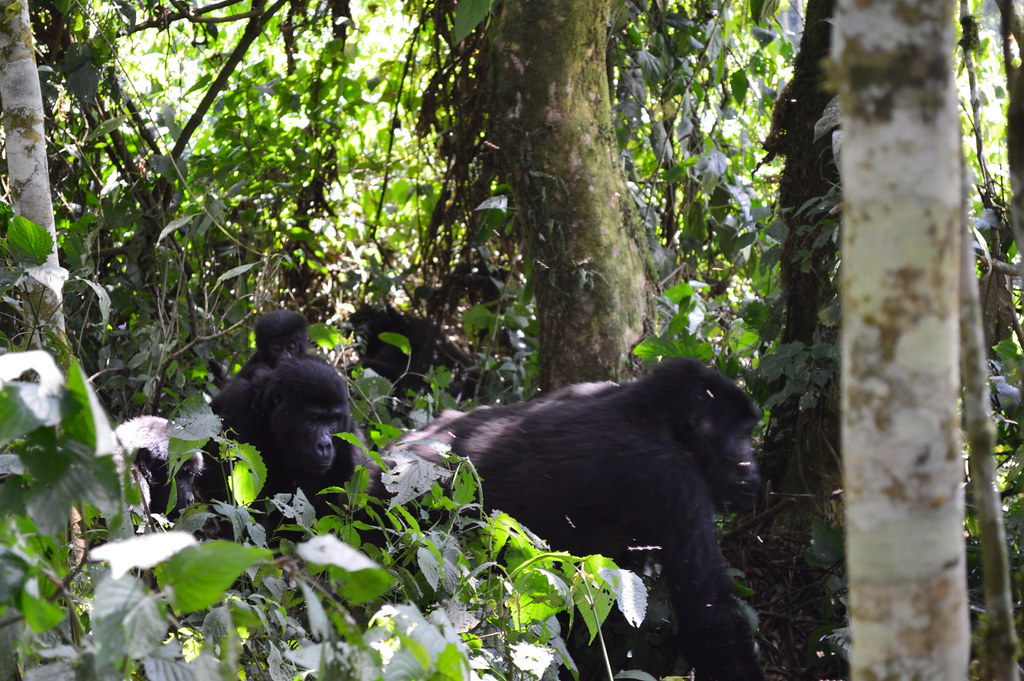
The Structure of a Gorilla Group
A gorilla group—often called a troop or band—is usually made up of 5 to 20 individuals, although larger groups can exist depending on habitat quality and the leadership strength of the dominant male. The composition of the group is not random. It is shaped by biology, behavior, and emotional connection.
At the heart of the group is the silverback—an adult male aged 12 or older, marked by the iconic silver hair down his back. He is the leader, protector, and decision-maker, guiding the troop’s every movement. Around him are adult females, often his long-term mates. These females are the nurturing core of the group, giving birth, raising infants, and forming strong social bonds with one another. The group also includes infants and juveniles, as well as sometimes one or two blackbacks—younger males who have not yet left or risen to leadership roles.
This multi-generational group is built not just for survival, but for emotional stability. In the quiet spaces between leaves and mist, these gorillas live in a society built on touch, eye contact, grooming, play, and peace.
How Gorilla Groups Are Formed
Gorilla Group Formation — Gorilla groups form in two main ways: natal family groups and newly formed breeding groups.
A natal group is one in which all members were born into the same group. This group is typically led by a long-standing silverback who has sired most of the young. These are often peaceful, close-knit units where members have known each other for years. Young gorillas grow up under the watchful eyes of the silverback and older siblings, learning how to behave, forage, and play.
As young blackbacks mature, they often leave the group to become solitary males, wandering for a time before attempting to form their own groups. When these solitary males begin attracting females from other groups—either by peaceful integration or after the disbanding of a weaker group—a new breeding group is formed. These newly established groups are often smaller and younger but can grow in size and stability if the silverback proves to be a capable and protective leader.
Group formation is driven by trust, and females are incredibly selective. They choose to join or stay in a group based on the male’s ability to protect, lead, and care for offspring.
Social Roles and Emotional Bonds Within the Group
The silverback holds multiple roles. He is not just a mate to the females but a father figure to all young, a mediator when tension arises, and the first line of defense against external threats. His authority is rarely challenged if he is strong and fair. He leads with calm confidence, using body language and subtle vocalizations to guide and protect.
Adult females often form strong bonds with the silverback and with each other. They raise their infants with gentleness, spend time grooming one another, and help maintain the group’s emotional balance. Female loyalty can be deep and long-lasting, but they can also transfer to other groups if the current silverback shows signs of weakness or the group becomes unstable.
Juveniles are energetic, playful, and essential to the group’s vitality. They chase each other through vines, climb trees, and imitate adult behaviors. Through play, they learn the skills of adult life—strength control, communication, and boundaries.
Infants, of course, are the heart of the group. Cared for tenderly by their mothers, they are also welcomed and watched by older siblings and sometimes even by the silverback himself. In fact, in the absence of a mother, a silverback may adopt and protect an orphaned infant—an incredible act of emotional depth in the wild.
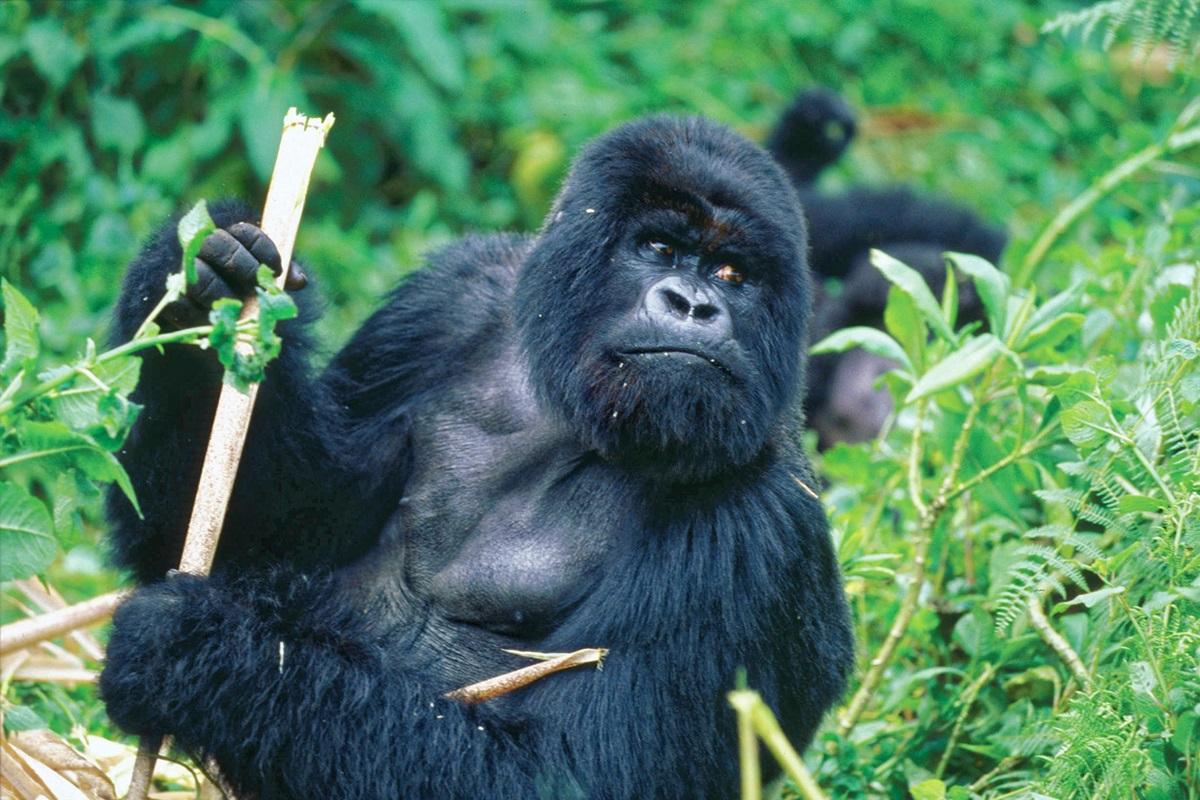
Group Dynamics and Change Over Time
Gorilla groups are not static. Over time, the dynamics shift. Young males leave. Old silverbacks are challenged or die. New silverbacks may take over a group, which can result in group fission (splitting) or reformation.
The most common cause of group instability is the death of a dominant silverback. If there is no strong subordinate male to rise up, the group may dissolve. In such cases, females and young often seek new protection, joining nearby males or forming new groups.
Sometimes, groups will merge temporarily when resources are plentiful, or when females are exploring new options. However, most silverbacks prefer to keep their groups exclusive and tight-knit, as large groups increase the challenge of protection and control.
Conflict, Competition, and Resolution
Though gorilla groups are generally peaceful, conflicts do occur—mostly over leadership, mating rights, or territory. When a lone silverback or blackback challenges a dominant leader, the confrontation can be intense. Chest-beating, bluff charges, and loud hoots are often used to avoid actual violence. But when clashes do occur, they can be brief and brutal.
Despite this, gorilla society is remarkably conflict-averse. Most disputes are resolved with posturing rather than injury. Harmony is maintained not through fear, but through deep-rooted social rules and emotional intelligence.

